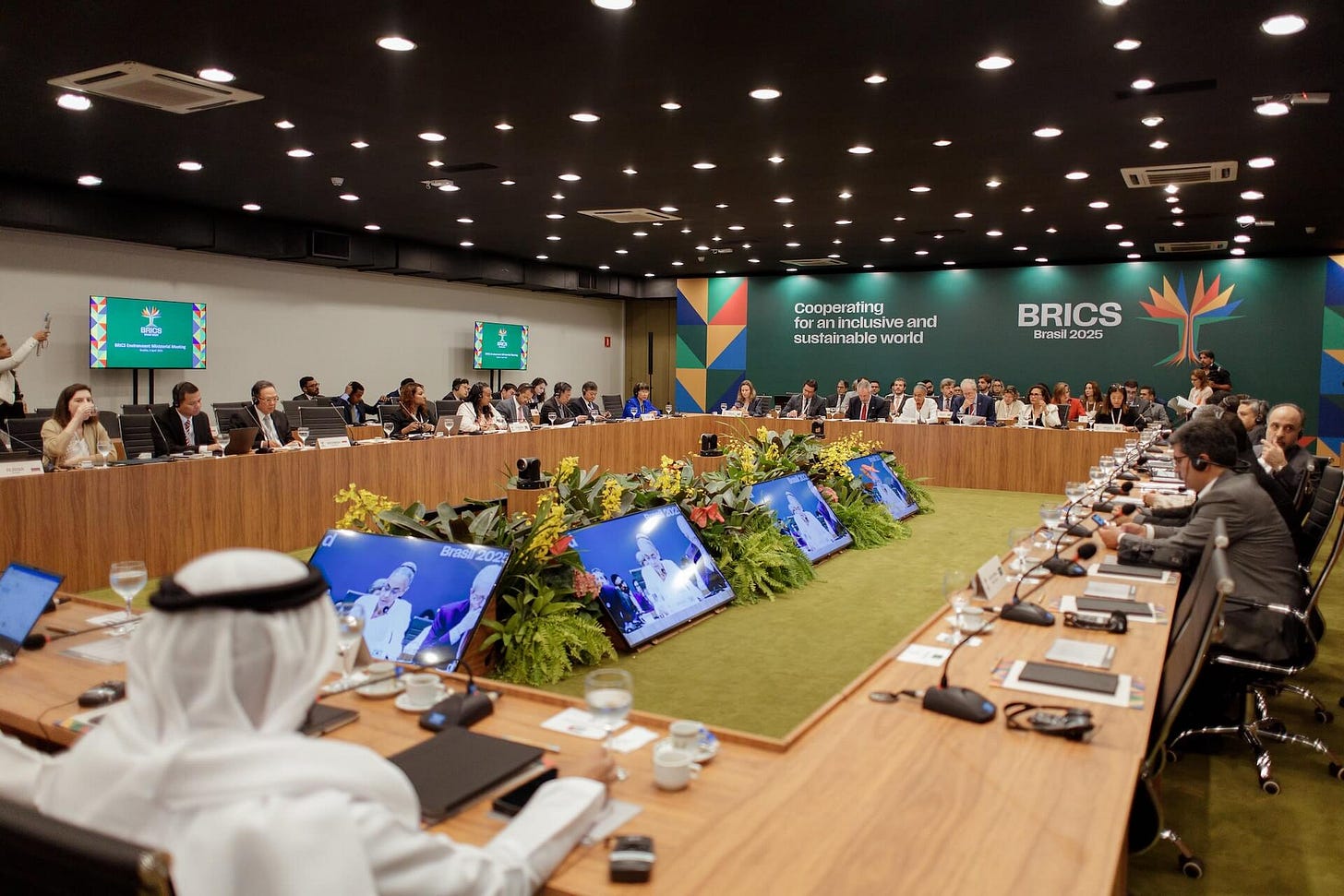Review: Coming Multiplex World Order and Southeast Asia
A new book forecasts the likely trajectory of global order and geopolitical and geoeconomic implications for Southeast Asia and the wider Indo-Pacific region.
A new book forecasts the likely trajectory of global order and geopolitical and geoeconomic implications for Southeast Asia and the wider Indo-Pacific region.
WonkCount: 1,458 words (~7 minutes)
Review: Coming Multiplex World Order and Southeast Asia
Context
“Where is the ‘alignment’ that we are going to develop?” Indonesia’s vice-minister of foreign affairs asked rhetorically earlier this week about how Global South countries can navigate a shifting global order during an event commemorating the 70th anniversary of the 1955 Bandung Conference, described by then President Sukarno as “the first intercontinental conference of colored people in the history of mankind”1. Some interlocutors suggested to ASEAN Wonk in Jakarta last month that the government approach to the anniversary has arguably been more modest than it may have otherwise been amid shifting priorities under President Prabowo Subianto2. Irrespective of those dynamics, Bandung continues to be utilized as a historical datapoint to discuss both current vectors of Global South discontent and future non-Western conceptions of world order. The anniversary was also one of several recent cross-continental developments that spotlighted Southeast Asia’s wider global links (see ASEAN Wonk snapshot graphic below).
Select Recent Cross-Continental Developments for Southeast Asian States and ASEAN
A new book The Once And Future World Order by scholar Amitav Acharya charts out the likely trajectory of global order and the implications for regions like Southeast Asia3. In doing so, the book, which runs 14 chapters and just over 370 pages, adds to a list of publications focusing on Southeast Asia’s stakes in a shifting international landscape, including those reviewed previously on ASEAN Wonk. These range from ex-Singapore diplomat Bilahari Kausikan’s Dealing With An Ambiguous World to scholar Thomas Parks’ Southeast Asia’s Multipolar Future.4 The Once and Future World Order argues that Southeast Asia has been the site of understated cross-continental comparisons relevant for the region’s geopolitical and geoeconomic future5. These include Southeast Asia’s historic links to the giant Indian Ocean trading network now in greater focus amid the rising traction of the Indo-Pacific concept as well as the global expansion potential of the ASEAN-led Regional Comprehensive Economic Partnership which remains the world’s largest free trade pact6. “While the future world order will not mean a return to the past, it will look very different from the past three hundred years,” the book argues before going on to chart out the contours of this future global order and its implications7.
Analysis
The Once And Future World Order also forecasts the outlook for global geopolitical and geoeconomics and the implications for Southeast Asia in the coming years (see originally generated ASEAN Wonk table below for a summary of future order features and key domains, along with major coming datapoints to watch. Paying subscribers can also read the rest of the “Analysis” section and “Implications” section looking at how these dynamics play out in the future).





